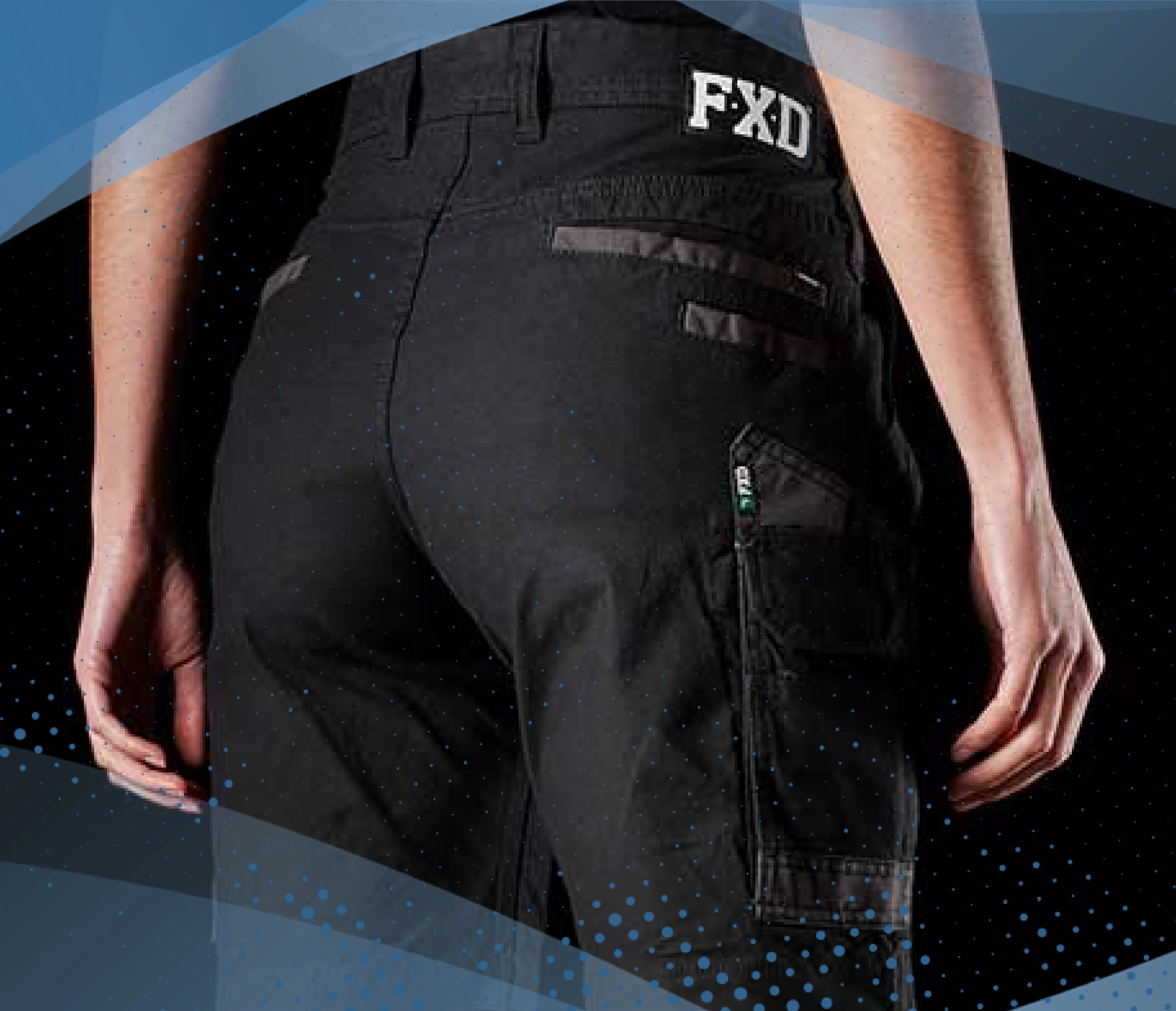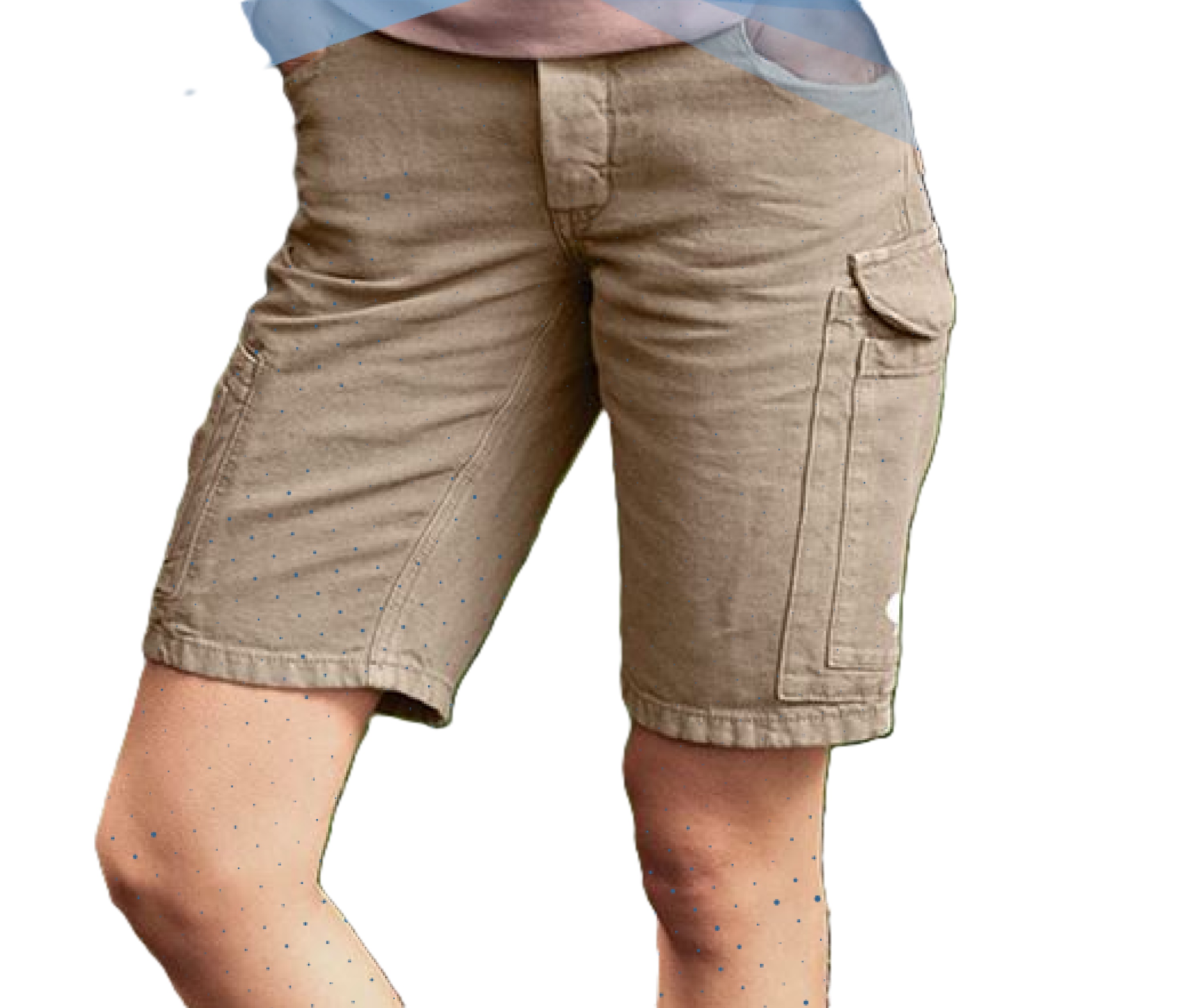Work shorts can be an important part of most professional wardrobes, particularly for those industries valuing comfort and durability above other factors. Though its core functionality remains the same, there are massive differences between men’s and women’s work shorts, which reach beyond simple size adjustments. These variations accommodate the anatomical, stylistic, and functional differences specific to each gender. Thus, this blog will discuss these differences at greater length, covering design, fit, material, functionality, and fashion.
Explore The Different Criteria For Both Men And Women
Design and Fit
The male and female bodies are structured differently, and this difference is what brings about variations in design and fit when making work shorts or customisable clothing. The shorts are normally straight to fit the broader shoulders and narrower hips of the male body. For the female, they have a more tapered waistline and roomier hips to match their natural curves. This therefore brings about better comfort and mobility for both genders.
- Waistband: Women’s work shorts tend to have a higher waistband, which helps them stay fit at the waist without gaping at the back. Shorts for men typically have a lower rise and sit on the hips.
- Hip and Thigh Fit: Women’s work shorts hi vis are designed with more room in the hip and thigh areas, considering the average difference in body proportions. This design aspect helps in providing better movement and preventing the riding up of the shorts.
Length and Inseam
Work shorts, for both men and women, also come in different lengths and inseams in customisable clothing. For example, work shorts for men can be longer, extending to the knee or a little above. Those for women may be a bit shorter in length to accommodate movement and, at the same time, flatter the female physique. These variations cater to comfort and style issues usually connected with each gender.


Material and Fabric Choices
Durability and Flexibility
While durability is the foremost concern in both men’s and women’s work shorts, the choice of fabric may vary to suit the specific nature of the work and individual comfort.
- Men’s Work Shorts: These tend to be made from heavier and more rugged fabrics, such as canvas or denim, to withstand harsh conditions and frequent use. The primary consideration is one of durability and resistance to wear.
- Women’s Work Shorts: While durability is still of equal importance, flexibility and breathability may take paramount roles. Fabrics commonly used will then be stretch cotton blends or lighter-weight canvas that allow for easy movement while remaining tough enough for the job.
Breathability and Comfort:
Both men’s and women’s work shorts are supposed to provide great ventilation to bring about ease of working, particularly in jobs that require one to engage in a lot of physical labour. However, women’s work shorts could include more moisture-wicking properties with breathable material for enhanced comfort. Mesh-lined interiors or deliberately designed ventilation panels are features or characteristics limited to female designs only.
Functionality and Features
Pockets and Storage:
Pockets are the most important feature in work shorts for storing tools or other personal items. Their placement and sizes, however, could be variable between men’s and women’s work shorts.
- Men’s Work Shorts: These usually have larger and more pockets because of the traditional burden of carrying several tools in pockets. Cargo pockets, loops for tools, and back pockets that are usually doubled for reinforcement are common.
Pocket design in women’s shorts, though functionality remains key, often strikes a balance between utility and less bulk. Pockets are perhaps slightly smaller and a bit more streamlined to allow the shorts to remain flattering but still functional.
Reinforcement and Durability Features:
Reinforcements to stress points like the crotch, knees, and pocket edges are normally put on all work shorts for men and those for women. However, these might be handled a bit differently in both cases.
- Men’s Work Shorts: Reinforcements are more pronounced and rugged, including double or triple stitching with heavy-duty fabrics, sometimes extra layers of fabric.
- Women’s Work Shorts: Though strong, the reinforcements in women’s shorts are often knit in to create a cleaner line. Stretch materials can reinforce without adding bulk.
Fashion and Style
Aesthetic Preferences:
While functionality takes centre stage, style and aesthetics are also given importance when it comes to work shorts for both men and women.
- Men’s Work Shorts: Most men’s workwear shorts often exude a plainer, more functional look toward the practical. Colours are mostly neutral, such as black, grey, navy, and khaki, which are easily combined with other workwear.
- Women’s Work Shorts: More styles and colour options can be found in work clothes embroidery. In women’s work shorts, more fitted designs, a wide array of colours, and even subtle fashion elements like patterned linings or stylish stitching could be included. All these aesthetic considerations come in so that women can feel practical yet stylish on the job.
Brand Trends and Market:
The demand for workwear with gender-specific designs that tally functionality and fashion in equal measure is gaining prominence in the market. Manufacturers note that demand for fashionable yet practical workwear is on the rise and increase their product range with more options for women.
- Innovative Designs: Some brands come up with innovative designs that blur the distinction between traditional men’s and women’s work shorts, therefore making unisex options with the pursuit of comfort, functionality, and style for all.
- Sustainability: Men’s and women’s work shorts are increasingly incorporating more sustainable material options—in line with the larger market trend toward more eco-friendly fashion. This includes, for instance, using more recycled fabrics, along with organic cotton and eco-friendly dyes.


Job-specific requirements
For example, different jobs consist of requirements that may end up altering the choice of work shorts. Construction work, for example, may call for more rugged and heavily reinforced shorts, while hospitality or retail jobs may allow the worker to opt for lighter, stylish designs in shorts.
One needs work shorts for construction and manual labour, maximally hard-wearing with extended storage space and allowance for freedom of movement. This would involve important features such as knee reinforcement, pockets for multiple tools, and durable fabrics.
It is in outdoor and recreational jobs—landscaping or leading tours, perhaps—that the kind of shorts that allow a person to breathe, wick away moisture, and provide flexibility in their job will be needed. That is where women’s work shorts shine, with an emphasis on lighter, stretchable materials.
Hospitality and Service Industry: In these, the outlook of the work shorts can almost be as important as how well they can serve their purpose. Women’s work shorts might lean towards fashionable designs, yet still provide the needed durability and comfort.
Seasonal Variations:
Seasonal considerations are also found in the choice of work shorts. Breathability and moisture-wicking are very important in the hotter months, and during cooler weather, the focus may be layering with additional insulation.
Summer Work Shorts: Key factors for ventilation and lightness in both men’s and women’s summer work shorts include mesh linings and breathable fabrics coupled with shorter inseams that help keep one cool.
Winter Work Shorts: When temperatures drop, work shorts can be worn with thermal layers or made from slightly heavier material while still offering the same amount of flexibility and movement.
Conclusion
Knowing the critical differences between men’s versus women’s work shorts is not simply a matter of aesthetics; it takes into account the various anatomical, functional, and stylistic differences between the genders. The kind of attention to detail incorporates design and fit, material choice, and practical features that give a user maximum comfort, durability, and style through customisable clothing.
With the workwear segment growing, manufacturers and consumers alike need to be sensitive to these differences. This will mean much more effective and comfortable workwear, as well as a much more considerate approach toward professional attire in general. Whether as a worker picking out the best shorts for the job or a brand designing the next line of workwear, these key differences will ensure that everyone can do their best while feeling comfortable and confident in their work shorts.


